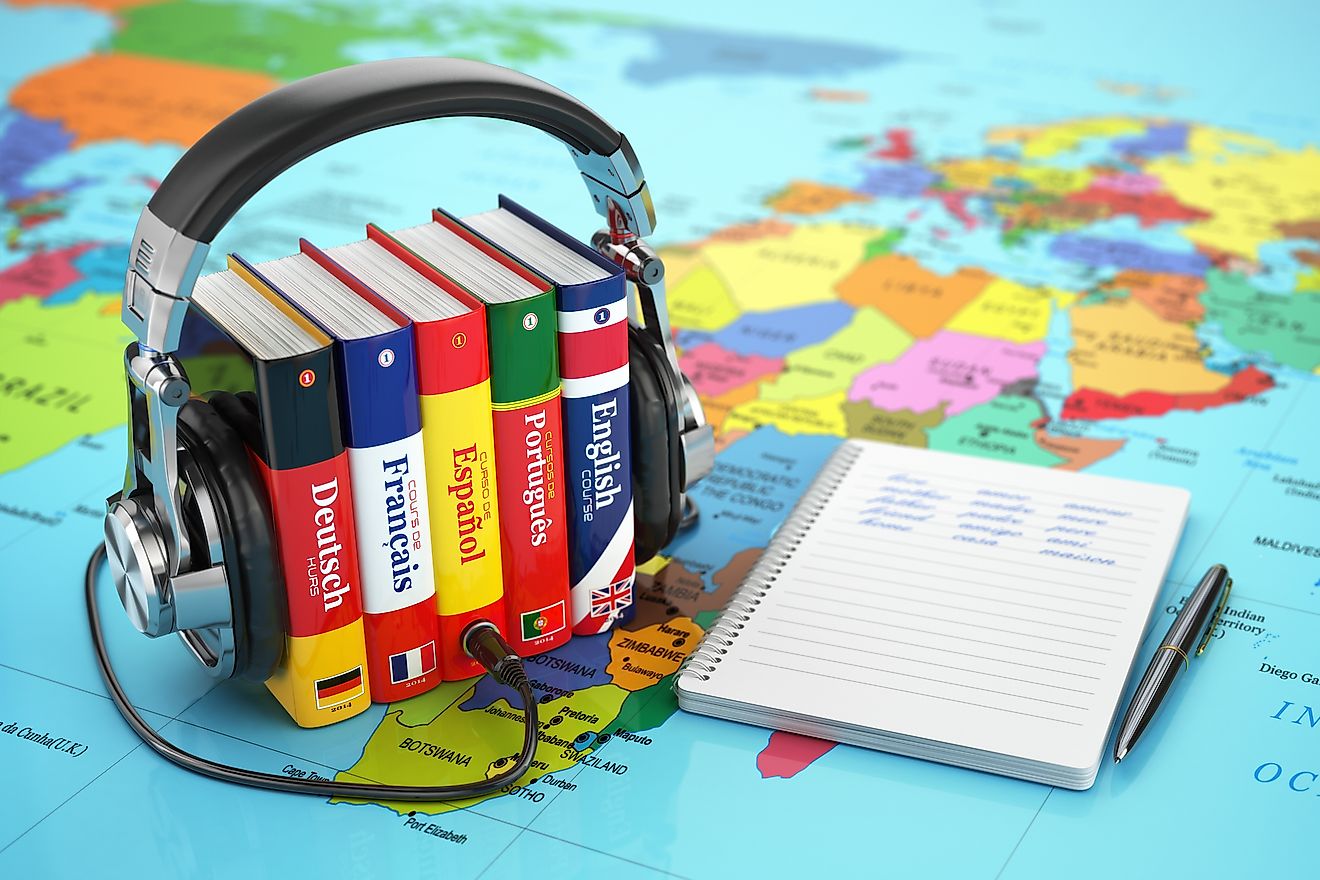10 Leading European Countries In Language Learning

- About 98% of students in Europe choose English as a foreign language.
- Students in Luxembourg study Luxembourgish, German and French as part of the education curriculum
- There are 24 official languages in the European Union but only 10% of the population can speak three or more languages
In 2019, the European Union Council emphasized the need for EU citizens to speak at least two other languages other than their mother tongue. This would strengthen the union and help citizens communicate better. Back in the early 1950s, the six founding nations of the European Coal and Steel Community: France, Italy, Belgium, West Germany, Luxembourg, and the Netherlands recognized Dutch, German, French, and Italian as official languages. As more states joined, the number of official languages increased. In 1973, Danish and English were added and seven years later, Spanish, Greek, and followed suit. Over the years, the community enlarged and gave rise to the European Union while the official languages rose to 24. Multilingualism is among the founding principles of the EU. The union defines it as the capability of a single individual to express themselves in several languages. On paper, about half of European citizens claim to speak at least two languages, but recent surveys show that one-in-five can speak another language outside their mother tongue while one in 10 speaks at least three languages. The level of multilingualism varies depending on the country, age group, and employment. Gender variations are nearly non-existent. About 73% of citizens between 25 and 34 can speak a foreign language; this gradually drops to about 55% for citizens between 55 and 64 years.
Foreign Languages
English is the most preferred foreign language within the European Union and one that is commonly studied in primary and lower secondary school. About 98% of students prioritize English while 33% opt for French, 23% prefer German, while 17% settle for Spanish. Many people are choosing to learn a third language. In Ireland, Italy, Portugal, Romania, and the Netherlands, about 50% of students in lower secondary choose French as their third language. Those in Poland and Denmark prefer German while those in France prefer Spanish. Italian is a third-choice preference in Malta.
Leading European Countries In Language Learning
Luxembourg
Multilingualism is not a new feature in Luxembourg. Luxembourgish is the national language and the official language alongside German and French. About 80% of the population speak French as a second language, while 16% consider it a native language. Roughly 69% use German as a second language. Other languages spoken in the country are Portuguese, English and Italian. All students learn the three official languages in school. At the primary level, courses are offered in Luxembourgish and German, while at a secondary level, up until the 9th grade, all subjects are taught in German except sciences and mathematics which are taught in French.
France
French is the sole official language of France, but the government does not regulate the language to be used in individual publications, though the law requires all non-French communications in commercials and workplaces to have French translations. English, Spanish, and German are the most preferred foreign languages in French schools. In the late 1990s, France sought to introduce other languages in schools apart from French. While regional leaders proposed the use of regional languages, the government opted for foreign language, and in 2001 the state began recruiting bilingual teachers to promote bilingual education in public schools.
Czech Republic
Czech is the official language of the Czech Republic. It is spoken by over 98% of the population. The Czech education system requires all students to learn a foreign language during their first and second stages of elementary education. Most students prefer the Slovak language because it is passive to the Czech language, meaning that users of one language can understand the other without much effort or study. Western European languages are becoming popular as more students opt for English, Italian, French and Dutch.
Romania
Romanian is the sole official language of Romania, but several minority and foreign languages are spoken. Most Romanians speak at least two languages thanks to the education system. All lower secondary students learn at least one foreign language, while 95% learn at least two foreign languages. English is the most preferred foreign language and is a choice for 99.5% of students followed by French at 83.6%.
Finland
Finnish and Swedish are the official languages of Finland though the former is native to 94% of the population while the latter is the first language to 5%. Minority languages are Romani, and Sami, while foreign languages are English, German, and French. The education system of Finland promotes the study of at least a foreign language by students below 9th grade. English is the first choice of 74% of the students, while German is studied by 10%.
Slovakia
Slovak is the official language of Slovakia while Ukrainian, Polish, and Czech are the minority languages. Up until 2015, English was a compulsory foreign language in primary schools, but the government has since withdrawn the directive and students are allowed to choose a foreign language they desire. Many believe that forcing students to study English reduced the quality of the German language. However, English remains compulsory for the first four years of elementary education.
Estonia
Estonian is the official language of Estonia while Russian, Swedish, and German are minority languages. The three alongside English and Finnish are foreign languages. Traditionally, students learned at least two foreign languages (English, French, Russian, German). A majority prefer English as their first foreign language in primary school and choose either German, French or Russian depending on their strength in secondary school. To graduate from upper secondary, students must pass the state English language examination or an internationally recognized examination in French, Russian or German.
Slovenia
Slovene is the official language of Slovenia while Italian, German, Serbian, English, and Croatian are the minority and foreign languages. About 96% of students in primary and secondary schools learn at least one foreign language. About 97% prefer English as the first foreign language, while 92% learn German as their second foreign language. The population of adults interested in learning a second language is also on the rise with many opting for English.
Croatia
Croatian is the official and the most spoken language in Croatia. Before it adopted the official status, Latin was the official language. Minority languages are Serbian, Italian, and Czech. Students in Croatia between the 5th and 8th grades learn a foreign language, preferably English. At the secondary level, students choose a second foreign language. With a literacy rate of about 98%, most Croatians can speak at least one foreign language.
Belgium
Dutch, French, and German are the official languages of Belgium while English, Spanish, Italian, Arabic, and Turkish are foreign languages. About 89% of Belgian students choose to learn a foreign language. However, the study of a foreign language begins at the fifth or sixth year of primary school, which is considered late in the education system. Most students, therefore, view a foreign language as an added burden rather than an advantage and end up dropping or showing little interest.
10 Leading European Countries In Language Learning
| Rank | Country | % Share of students learning two or more foreign languages in 2015 |
|---|---|---|
| 1 | Luxembourg | 100 |
| 2 | France | 99 |
| 3 | Czech Republic | 99 |
| 4 | Romania | 99 |
| 5 | Finland | 99 |
| 6 | Slovakia | 99 |
| 7 | Estonia | 97 |
| 8 | Slovenia | 96 |
| 9 | Croatia | 93 |
| 10 | Belgium | 89 |







